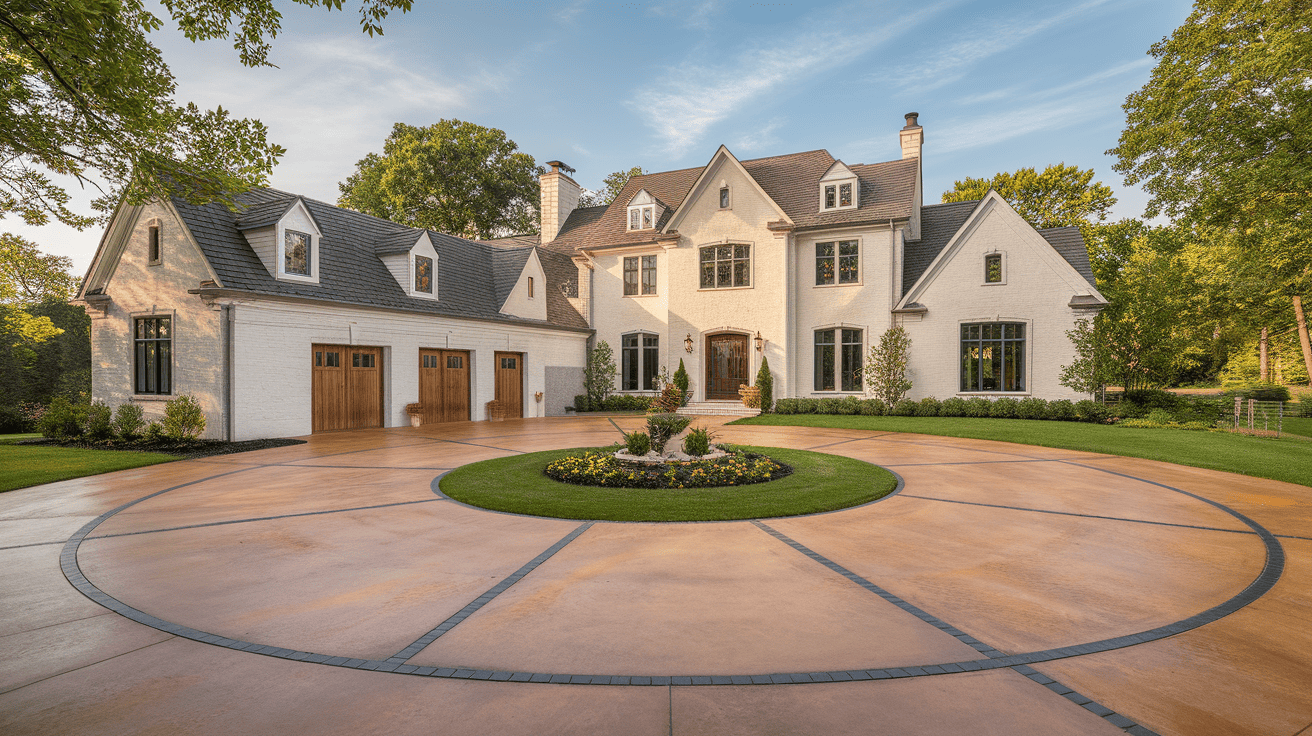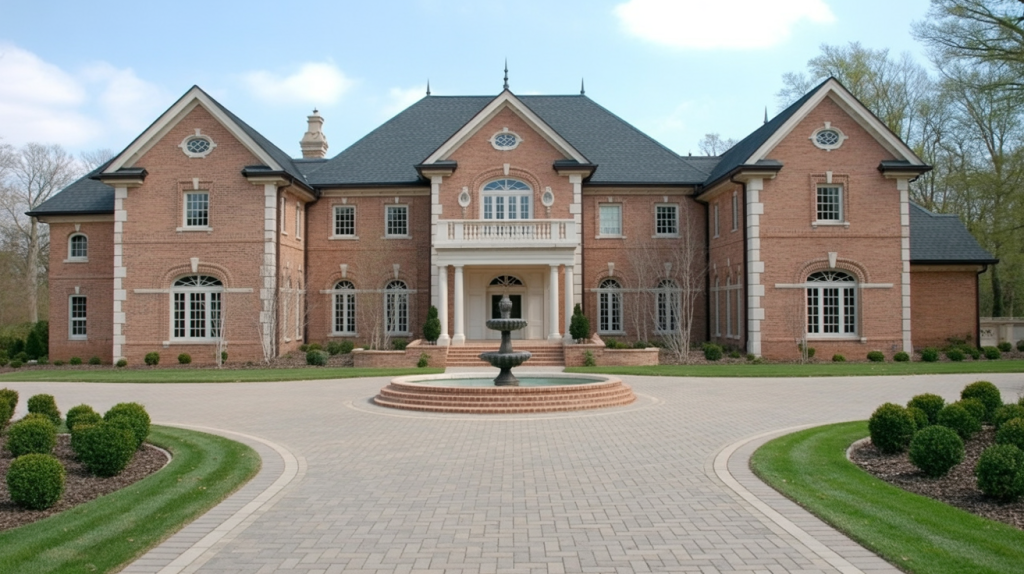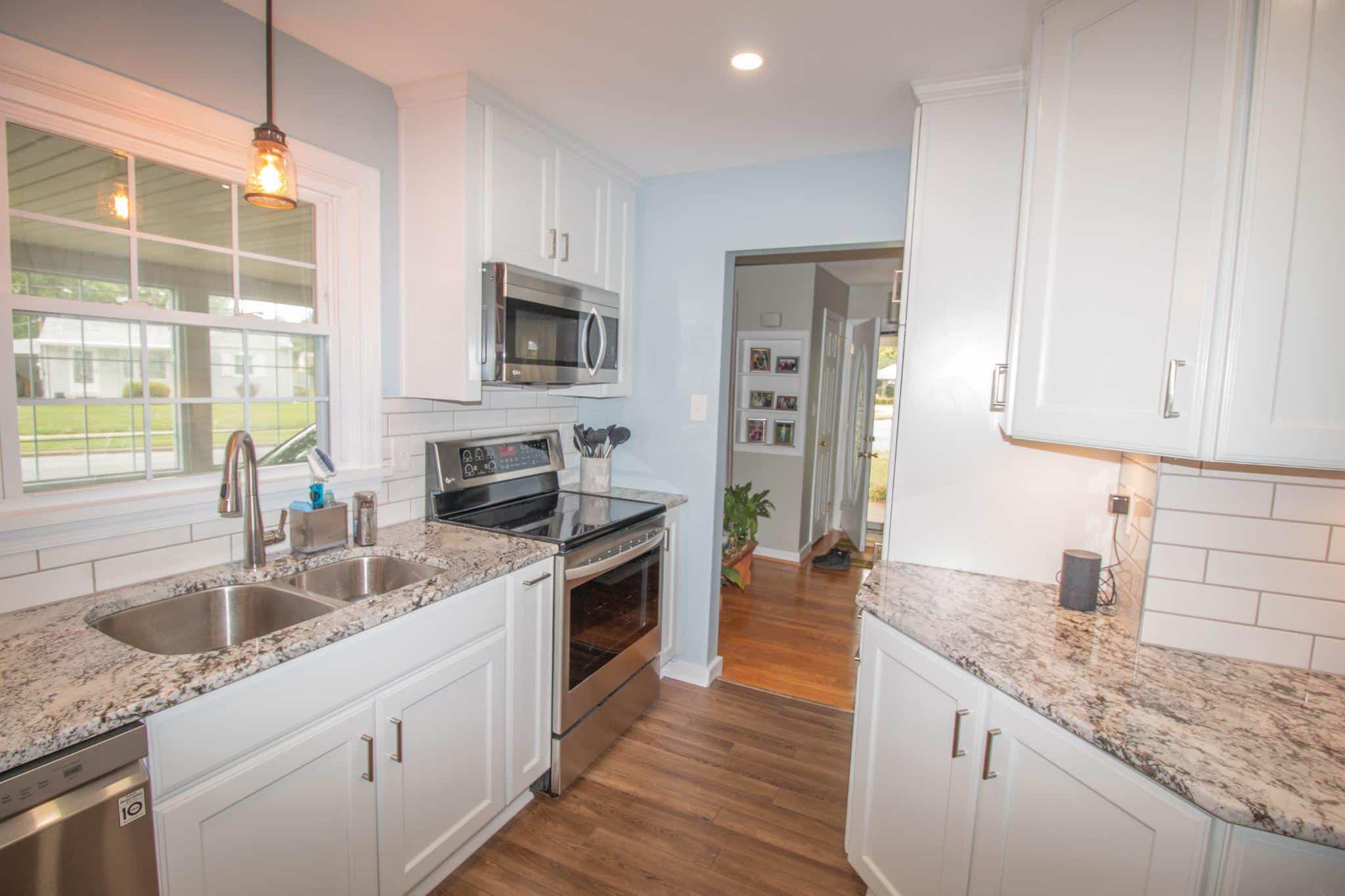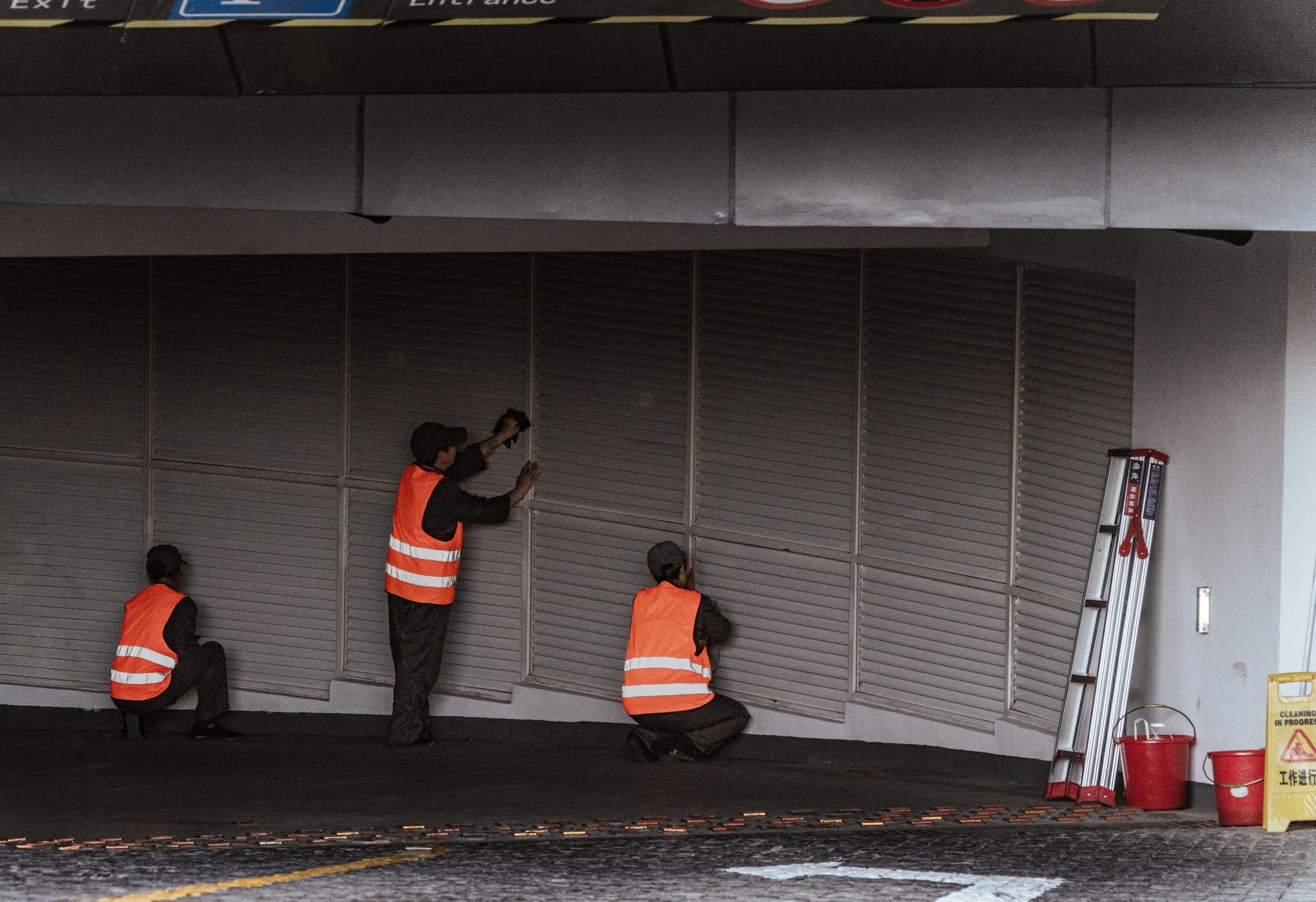Most homeowners struggle with tight spaces when cars need to turn around. Your driveway becomes a daily source of stress instead of convenience.
You back into bushes, scrape against garage doors, or block neighbors while making three-point turns.
We promise there’s a better way to design your turnaround space. With the right measurements and layout choices, you can create a smooth flow that works for any vehicle size.
Just like those graceful circular driveway designs that create stunning entrances, a well-planned turnaround brings both function and style to your home.
This guide covers exact dimensions for different turnaround styles, width requirements, and space planning tips. You’ll learn how to measure your area correctly and choose layouts that fit your property.
We have also explained the sizing thumb rules with proper guidelines in this blog.
Turnaround Driveway Width for Homes
Driveway width is the clear distance from edge to edge that forms your driving lane. A standard residential driveway typically measures 10 to 12 feet in width to accommodate one vehicle. Turning requires different calculations.
When your car turns around, the front wheels follow a wider outer path while rear wheels track tighter inside. This swept turning area needs a clear width for safe rotation without backing up multiple times.
Use these residential ranges as your baseline:
- Compact cars: 23 to 25 feet usable turning width
- Midsize sedans: 25 to 27 feet
- SUV or pickup trucks: 27 to 30 feet
- Occasional delivery vehicles: 30 to 35 feet
Home-specific factors reduce your effective width. Landscaping, mailboxes, and garage door swings all eat into turning space. Snow banks can reduce winter width by 2-4 feet in northern climates.
Note: Size to your largest regular vehicle, then add the 2-foot buffer, especially on tight lots or in snowy climates. This prevents landscaping damage and daily maneuvering stress.
Residential Turnaround Layouts and Sizes
Choosing the right turnaround layout depends on your property size, budget, and daily needs. Each style has pros and cons that affect cost, space requirements, and ease of use.
1. Circle Driveways
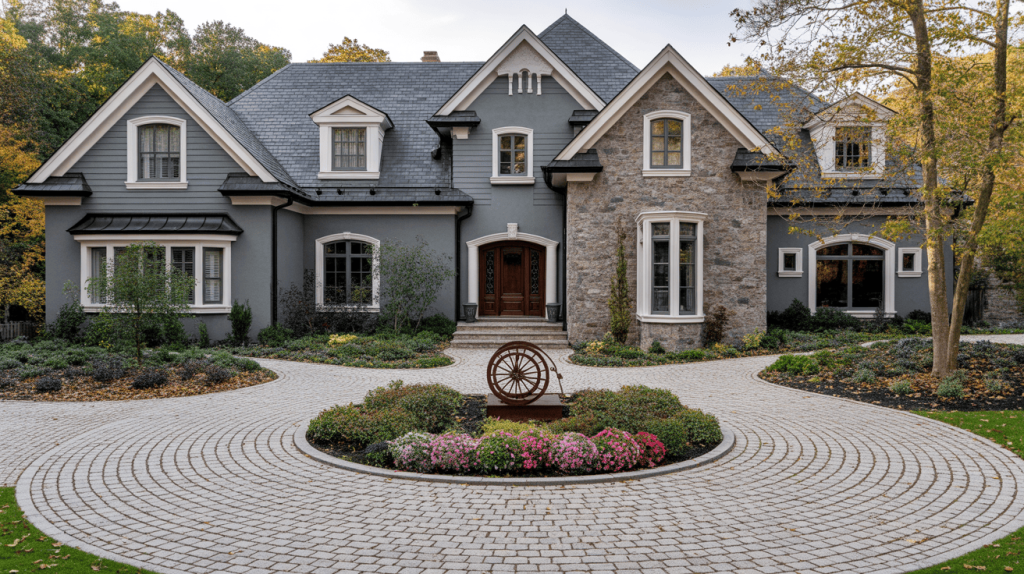
Circular driveways work best for larger properties with wide frontages. You need at least 60 feet of street frontage and a depth of 40 feet or more. These offer the smoothest traffic flow since cars never have to reverse, and Circular Driveways add value by enhancing curb appeal and convenience.
But they’re the most expensive option and require the most space.
Best for: Large lots, heavy traffic, formal appearance
Avoid if: You have a narrow lot or a tight budget
2. Horseshoe Driveways
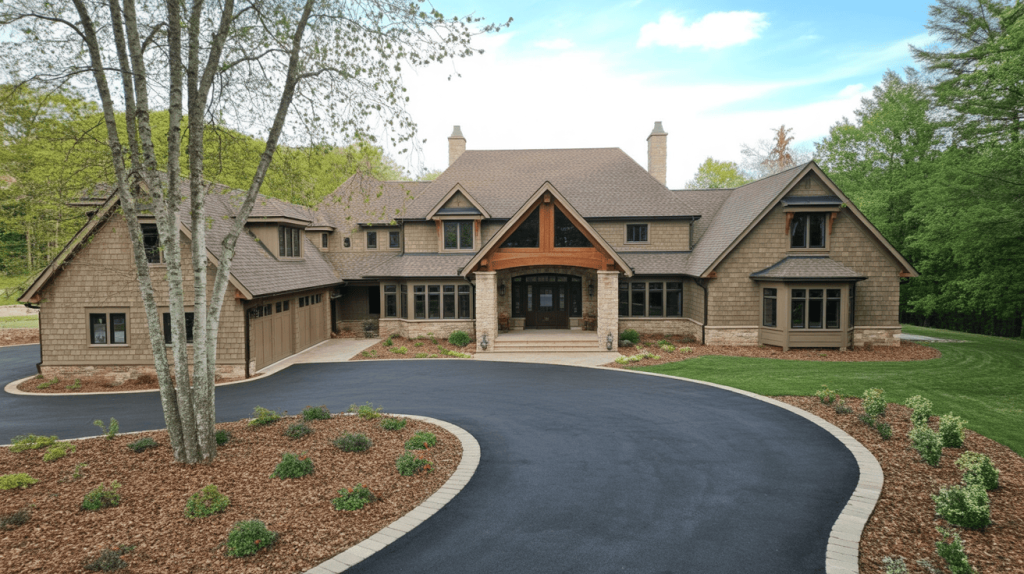
Horseshoe driveways require less space than full circles but still necessitate two street connections. They work well on corner lots or properties with side street access.
You get easier turning than hammer heads without the full space requirements of circles.
Best for: Corner properties, moderate traffic, balanced cost
Avoid if: You only have one street access point
3. Hammer Head (T-shaped) Driveways
Hammer Head (T-shaped) driveways fit the tightest spaces and budgets. You can build these on narrow lots with just one street connection.
The downside is that you must back out of the head section, which some drivers find tricky.
Best for: Small lots, single street access, budget-conscious projects
Avoid if: You have mobility concerns or hate backing up
Think about guests and deliveries. Unfamiliar drivers navigate circles easiest. Hammer heads can confuse visitors who don’t realize they need to turn around.
| Turnaround style | Typical lane/arm width | Pad/arm length or diameter | Notes |
|---|---|---|---|
| Hammerhead / T | 10–12 ft (each arm) | 18–22 ft (each arm length) | Fits narrow lots; add +2 ft buffer where adjacent to walls/fences. |
| Horseshoe (U) | 12–14 ft lane | 40–50 ft inside depth arc (site-dependent) | Two curb cuts; good flow on moderate frontage. |
| Circular (loop) | 12–14 ft lane | 60–80 ft overall diameter (landscaping dependent) | Smoothest flow; needs frontage and budget. |
| Pull-out / Apron bay | 8–10 ft width | 18–22 ft length | Easiest retrofit; doubles as guest stall. |
Note:Always verify local apron/curb-cut limits and setbacks.
Driveway Sizing Rules of Thumb
These quick rules help you size your turnaround driveway without complex calculations. Use them as starting points, then adjust based on your specific needs.
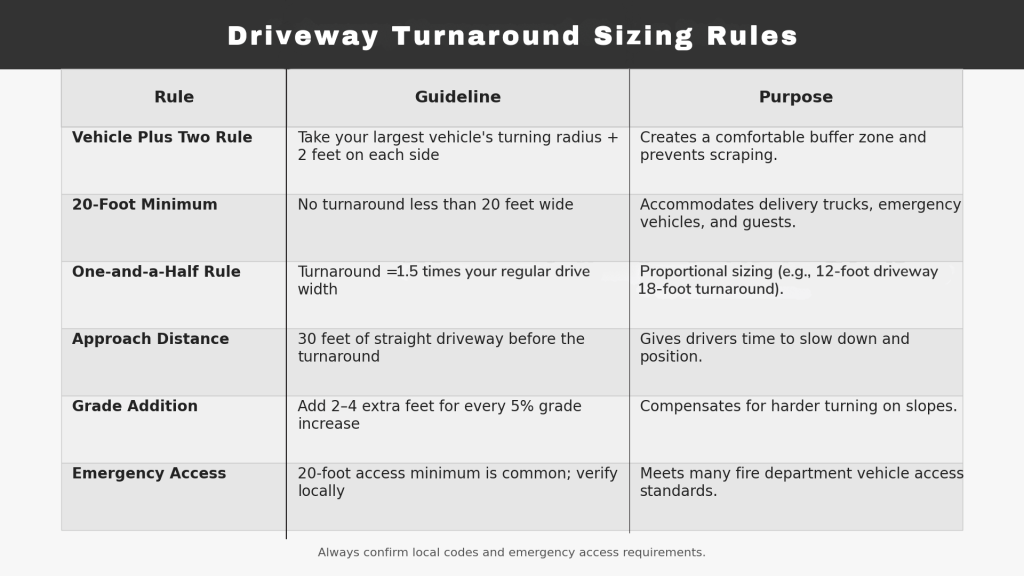
How to Measure Your Driveway Space?
Follow these steps to measure your available space accurately before planning your turnaround driveway.
Step 1: Mark Your Boundaries: Use spray paint or stakes to mark property lines, setback requirements, and any utility easements. Check your property survey or call your local utility marking service.
Step 2: Measure Available Width: Use a measuring tape to find the widest usable area. Measure from obstacle to obstacle – trees, utility poles, neighbor’s fence, or house walls.
Step 3: Check Depth Available: Measure from your house (or desired parking area) to the street or property line. This determines the amount of space you have for the turnaround shape.
Step 4: Note Elevation Changes: Walk the area and mark steep spots, drainage issues, or uneven ground. These affect your layout options and costs.
Step 5: Document Everything: Take photos and sketch a rough map with measurements. Include obstacles like trees, utility boxes, or septic systems you want to keep.
Pro Tip: Measure during different seasons if possible. Wet areas in spring might be perfect in summer, but drainage problems return each year.
Conclusion
Planning your turnaround driveway correctly saves money and frustration for years to come. The right width measurements, layout choice, and proper installation create a functional space that handles daily traffic with ease.
Remember to match your needs and add buffer space for safety, and choose layouts that fit your property constraints.
It depends on you if you pick a circle, horseshoe, or hammerhead design, but accurate measurements and quality installation matter the most.
Your driveway should work for you, not against you. Take time to measure properly, hire experienced contractors, and maintain your investment through regular care.
Ready to start planning? Grab your measuring tape and begin mapping your space. A well-designed turnaround driveway transforms daily driving from a chore into smooth, stress-free convenience.

